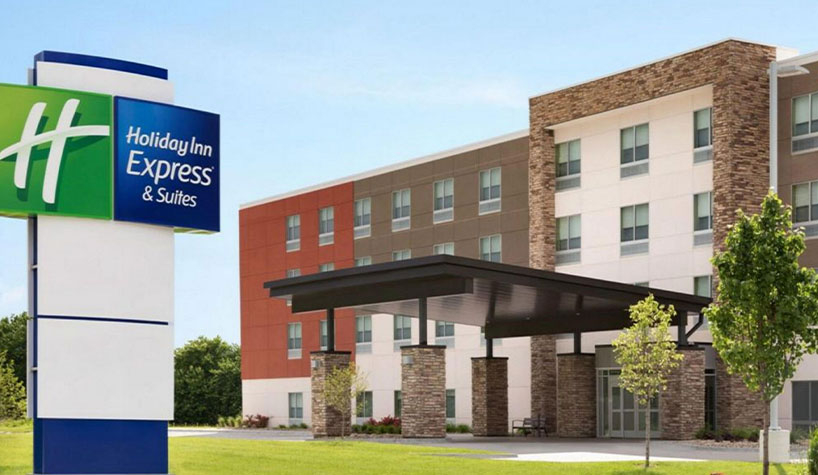Loyalty members expected to pay less for their rooms than non-loyal consumers this summer, according to BVA BDRC’s latest U.S. travel intent study.
The report found that hotel brand loyalty was uneven across tiers, with budget and economy brands seeing the strongest loyalty, indicating the importance of rate.
Six out of 10 summer hotel guests said that they would remain loyal to a hotel brand(s), trying to stay at these properties whenever possible. Spending intent did not, however, vary according to brand loyalty, with both loyal and non-loyal guests planning to spend an average of $450.
The differences in loyalty were apparent in the different hotel segments, with loyalty more pronounced at the economy level. When looking at booking patterns, the highest share of booking direct through a hotel was also among budget/economy guests, while OTAs were more appealing for the upscale guest.
“Economy guests are drawn to the brands they know because consistency of quality and offering is more important at the economy end of the market,” said Matthew Petrie, president, BVA BDRC Americas. “Upscale guests are more eager to search across the market for more choice and a better deal, which plays to the OTAs’ strengths.”
Mid-market hotels recorded the least brand loyalty. Petrie said, “Consistency is at its weakest in the mid-market and guests have to spend more time and energy to search for a hotel which meets their needs.”
Hotels were set to capture a 70% share of all paid accommodation on trips this summer, against peer-to-peer lodging, which accounted for one in 10 paid accommodations.
“The sharing economy attracted a disproportionate amount of attention during the pandemic as it was able to take a greater share of travelers with the hotel sector closed,” Petrie said. “Now that hotels are no longer restricted, consumers have returned to more traditional stays, indicating that the shift was temporary.”
Guests have also returned to more traditional usage of hotels’ facilities after COVID restrictions forced a move to room service or a closing of F&B. The survey found that guests this summer were most keen on using the hotel restaurant for breakfast, especially boomers, while on-property services such as room service and spa treatments were preferred by younger guests.
Across the hotel segments, nearly half of the season’s guests targeted a mid-market hotel, while about a third were planning to book at an upscale hotel.
Within the brands, the same flags were as popular across the segments as they were prior to the pandemic. Holiday Inn Express was the most preferred brand in the budget segment, with Best Western leading the mid-market, Hilton in upscale and JW Marriott in luxury.
Petrie said, “The big hotel brands have remained front of mind despite the cessation in travel, although, as we found, loyalty does not equate to a higher spend.”
Loyalty programs were popular, with half of guests a member of at least one loyalty program and 24% holding membership to three or more. Most summer travelers who had hotel loyalty membership said that they would stay at brands which gave them points or credits to use for a discounted or free stay, behavior which was most pronounced in those planning to book at the budget/economy level.
The hotel sector has been pushing its direct booking schemes, backed by expanded loyalty programs, in an attempt to pull customers away from the OTAs. The survey found that direct booking was favored by more than 60% of guests, with OTAs preferred by 20% of summer travelers.
Guests visited the OTAs for property comparison, one-stop or bundle shopping while hotel websites were used when spending reward points.
Neither OTAs nor hotel groups had successfully sold the guest on their benefits over the other, with customers on both booking platforms believing they were getting the best room and close to both (46% to 42%) believing they were getting the best rate.
Total trip spending was also the same across booking channels, with Petrie commenting, “The bias that OTA guests are not going to spend on the hotel is not the case. What is true is that OTA consumers are planning to spend more money on shopping. OTA guests want to get a better sense of what’s the best hotel for them across a market and they’re taking that convenience and applying it to shopping. They’re not spending less in any other category.”



